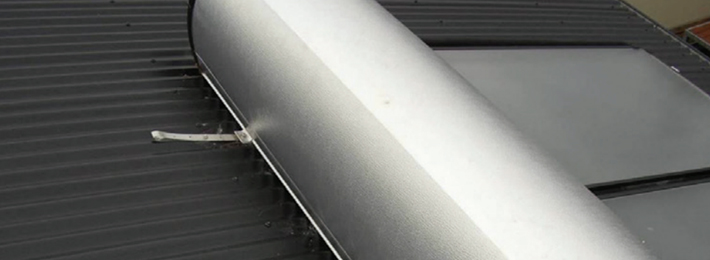Compatible materials
14 Mar 2016, Featured, Prove Your Know How, Technical

Sometimes two materials can’t be used close together because, due to their chemical composition, one will reduce the durability of the other
Some common examples to be aware of when you’re working on site are:
- A steel nail in damp timber that has been treated with a copper-based treatment will corrode faster than normal.
- Rain that runs over western red cedar can leach acid out of the timber and corrode unprotected aluminium/zinc-coated or galvanised steel below.
E2/AS1 clauses 4.2.2 and 4.3 states that metals that are in contact in locations where they will become wet, or where water can flow over metals or certain plastics onto another metal, shall be selected in accordance with Table 20, 21 or 22.
Avoid contact between the following:
- Stainless steel and hot-dip galvanised steel, aluminium alloy/zinc-coated steel or zinc.
- Copper and hot-dip galvanised steel, aluminium alloy/zinc-coated steel or zinc.
- Acidic cladding timbers (redwood and western red cedar) and hot-dip galvanised or zinc-plated steel. (Use stainless steel or silicon bronze fixings.)
- Hot-dip galvanised steel, aluminium alloy/zinc-coated steel, zinc or anodised aluminium and copper azole and copper quaternary timber treatments. (Use stainless steel or silicon bronze fixings – galvanised steel is only suitable in closed situations.)
- Aluminium and stainless steel in exposure zone D, except where the stainless steel element is small relative to the aluminium. (Using aluminium with stainless steel is permitted in exposure zones B and C.)
- Hot-dip galvanised steel can be used with external CCA-treated timber in exposure zones B and C, and zone D for claddings that have not more than 15-year durability.
Compatibility of roofing materials
Rainwater will cause rust on unpainted galvanised steel if it first passes over glass, plastic or a painted surface. Rainwater is slightly acidic, and it contains carbon dioxide, which is mildly reactive to zinc.
This isn’t a problem until it runs over or through an inert material before hitting the zinc-containing material. Because most of today’s metal roofing is factory-coated aluminium/zinc alloy-coated steel, it doesn’t happen often, but it could be a problem in these situations:
- You paint part but not all of an old steel roof.
- You replace metal pipes that discharge onto a lower unpainted roof with PVC pipes.
- You put a glass skylight or acrylic roofing into an existing unpainted galvanised steel roof.
Inert materials include glazed terracotta tiles, glass, fibreglass, plastics, colour-coated steel and painted roofing.
To avoid the problem, ensure that if you are using an inert material together with galvanised steel cladding, you run the inert cladding the full length down the roof. Check that rainwater from it runs into plastic, pre-painted or coated steel gutters, not galvanised gutters.
Register to earn LBP Points Sign in



